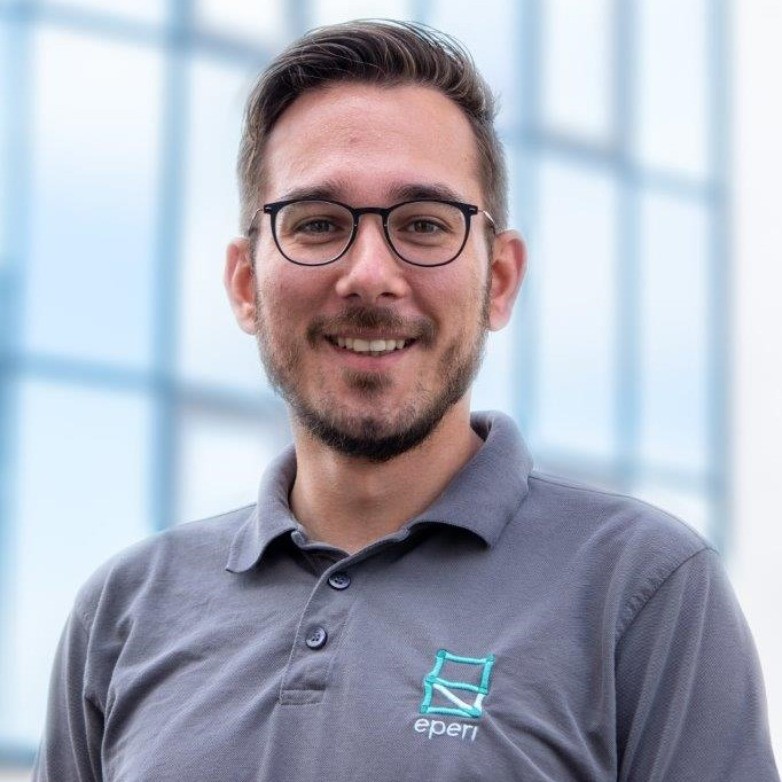Case Study: 6 month CTO Coaching with Dominik
From Director to CTO in 6 months – with stance, clarity, and constructive friction
How Dominik Kowol sharpened his new leadership role and why real development requires conflict.
Initial situation
As an experienced Director of Software Development with a strong focus on product and people, Dominik faced a decisive step at the beginning of 2025: the potential assumption of the CTO role.
The role had already been outlined internally, but as is often the case with transitional positions, expectations, responsibilities, and target visions needed to be deliberately sharpened. For Dominik, this primarily meant: expanding his impact at the strategic level, reflecting on his leadership identity in the new context, and positioning himself with confidence.
He operated in an environment shaped by trust and self-organization, with high personal responsibility and an open leadership style – offering freedom, but also ambiguity.
His decision: to personally finance six months of coaching in order to gain clarity about his role, make conscious leadership decisions, and effectively establish himself as CTO.
Coaching goals
- Achieve clarity on role, impact, and expectations
- Build a confident CTO identity with a strategic focus
- Manage ambiguity and the tension between vision and day-to-day business reality
- Strengthen decision-making ability and personal stance
- Take on strategic alignment where leadership scope had been intentionally left open
Approach
- Weekly 1:1 sessions over six months
- Systematic work on Dominik’s decision-making style, self-image, and leadership impact
- Balancing people-first, product responsibility, and entrepreneurial thinking – with a focus on real-world leadership dilemmas
- Preparing positioning topics, internal communication, and strategic influence
- Development of a Product Strategy Canvas to deliberately anchor his leadership role
Results
- After 3 months: official appointment as CTO
- Dominik developed a clear understanding of his role and significantly professionalized his communication within the leadership team – more ownership, more impact
- His leadership style visibly shifted: from close day-to-day support of the team to strategic clarity and prioritization
- He learned to project clarity even where the context remained ambiguous – and to confidently assume responsibility wherever room for maneuver invited it
- At the end of the six months, the company decided to continue the coaching at its own expense
“The coaching with Philipp was not training for me – it was real sparring. The friction helped me gain clarity about my role and my impact.”
Conclusion
Dominik’s journey shows: the step into the C-level often begins with inner work. Those who want to lead strategically need stance, reflection, and the courage to take responsibility – before it is formally assigned to them.
Leadership maturity does not emerge from textbooks but from real decision-making situations. Coaching helps to become effective in them.
PROJECT TYP
CLIENT
